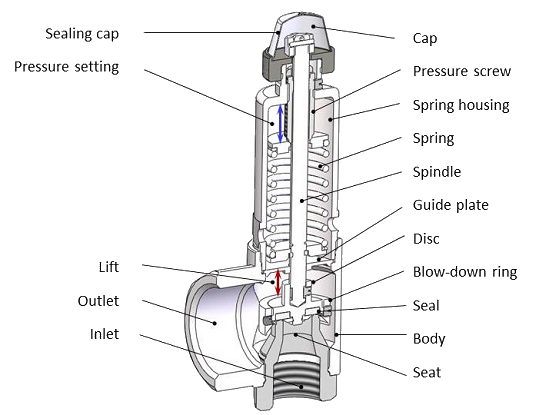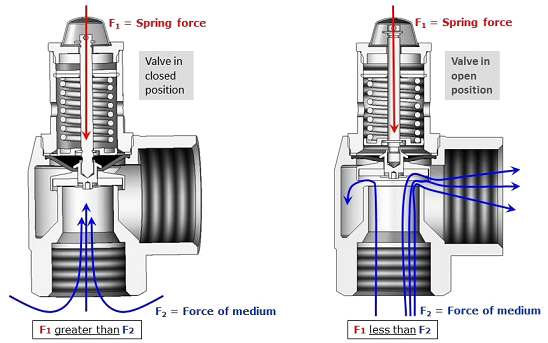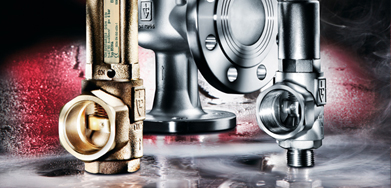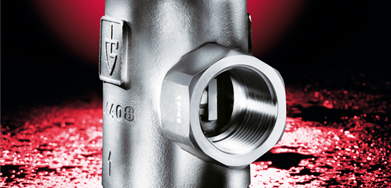
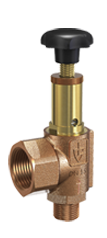
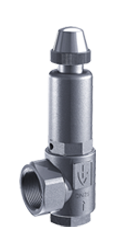
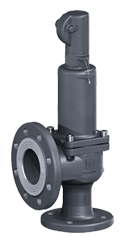
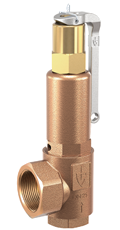
Certified valves with TÜV / PED and/or CE Type Test Approval
Normal lift- Full lift opening / closing characteristic
Higher blow-off capacities than pressure relief valves
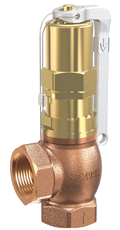
Valve without certification / approval ( without safety function according to PED )
Proportional opening- / closing characteristic
Lower blow-off capacities than safety valves
